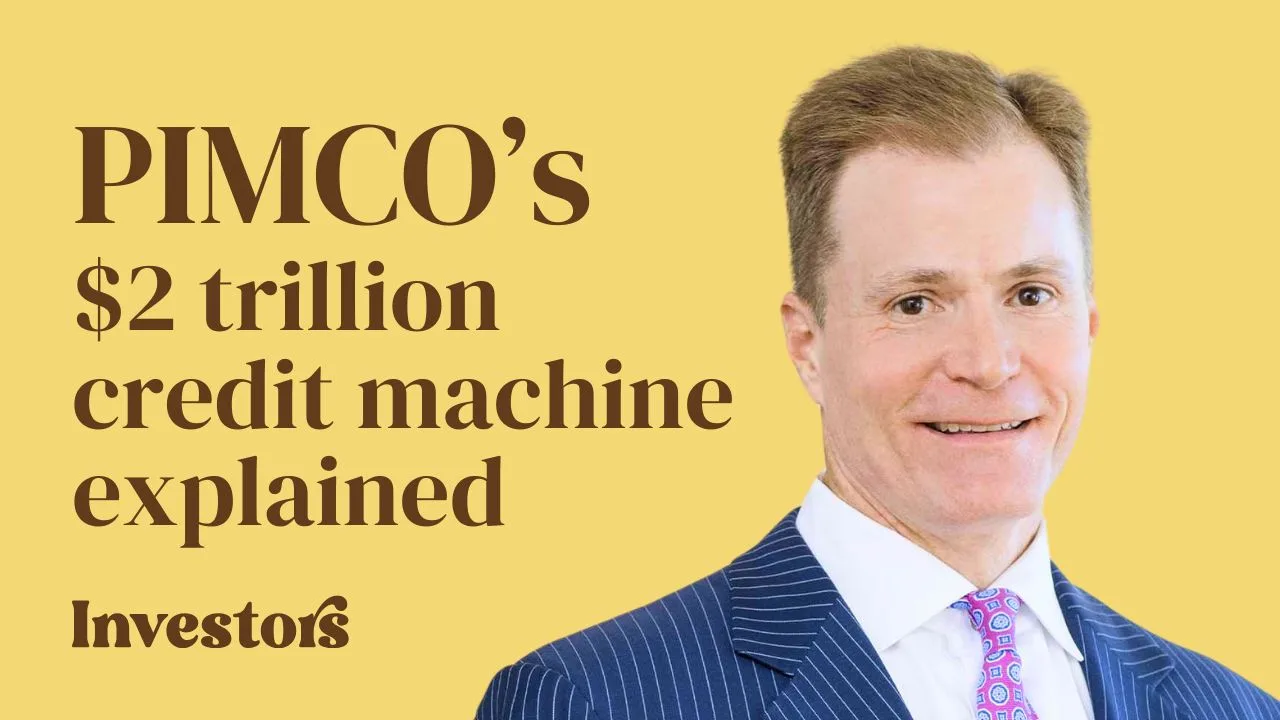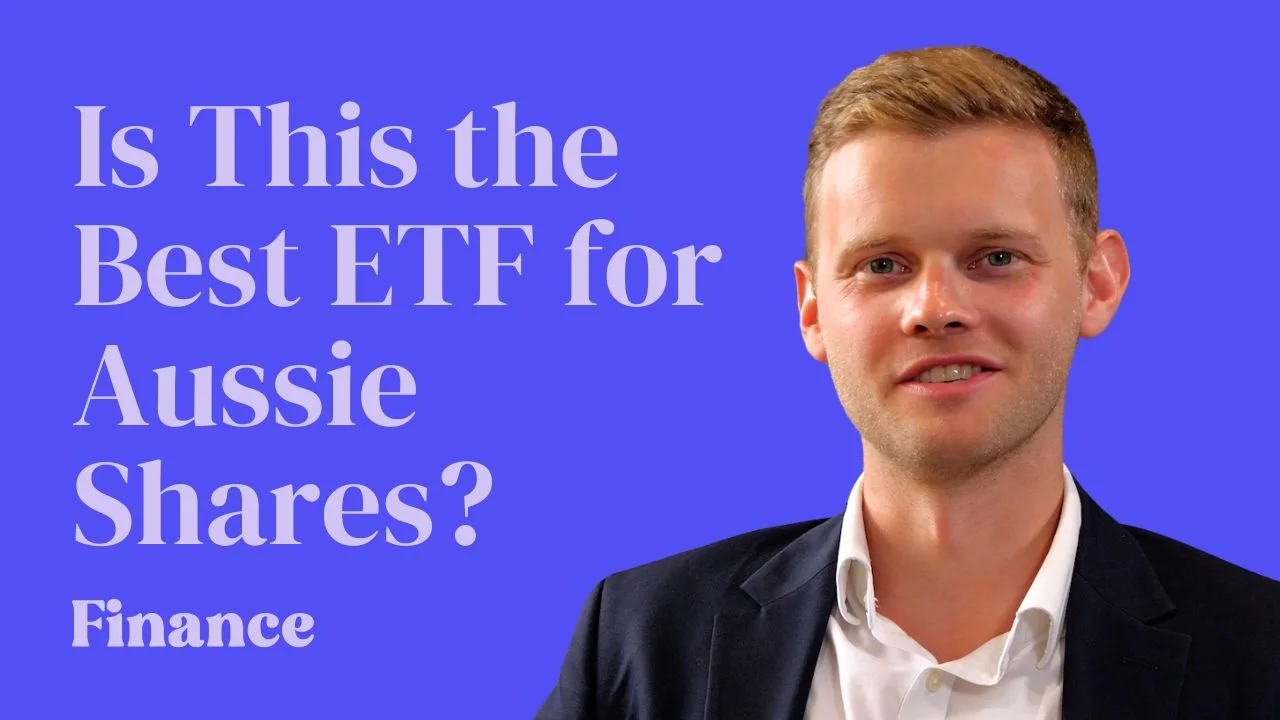In my opinion, the recent rally of value shares in November, in addition to the ballooning valuations for ASX growth shares, has left investors with few investments offering acceptable risk-reward.
2 ASX ETFs I would consider buying in December
Despite limited options, below are two ETF’s I have added to my watchlist and looking to buy in December.
Both should prove resilient if markets retreat while also maintaining return upside if the market moves higher.
VanEck Vectors MSCI World ex Australia Quality ETF (ASX: QUAL)
QUAL offers investors a diversified portfolio of 300 large capitalisation companies on exchanges around the world, excluding Australia.
The QUAL ETF screens for companies with high-quality ratings based on three fundamental factors:
- High returns on equity (ROE)
- Stable year-on-year earnings/profit, and
- Low financial leverage
I like companies with the three aforementioned characteristics as they provide downside protection due to strong earnings stability and balance sheet position. Furthermore, if the market rises, high return on equity businesses should outperform their peers.
Inside QUAL, a majority of the holdings are domiciled in the United States (70.8%), with smaller weightings in the United Kingdom (5.9%) and Switzerland (5.6%). Some holdings you may recognise include Apple Inc (NASDAQ: AAPL), Nike Inc (NYSE: NKE) and Mastercard Inc (NYSE: MA).
The QUAL ETF has performed strongly over multiple time horizons, recording a 12.23% one-year return, 16.12% three-year return and 13.90% five-year return. Moreover, the underlying index has a ten-year return of 16.92%.
With a modest management fee of 0.40%, QUAL offers exposure to some of the world’s largest and most resilient businesses. Investors should note the ETF is unhedged, and therefore subject to foreign currency movements.
iShares MSCI Emerging Markets ETF (ASX: IEM)
Bank of America recently released their monthly report of fund managers, who collectively hold $526 billion in assets. Over 50% of interviewees indicated emerging markets as their favourite trade for 2021.
The IEM ETF offers investors access to these emerging companies by following the MSCI Emerging Market Index, which consists of over 800 large and medium capitalisation stocks in developing markets.
The ETF has recorded a 7.54% one-year return, 9.48% five-year return, and a 5.61% ten year-return.
IEM currently has a P/E ratio of 17.43, compared to the broader iShares S&P 500 ETF (ASX: IVV) of 24.74 and the iShares Core S&P/ASX 200 ETF (ASX: IOZ) of 22.35, illustrating the potential value in emerging markets for investors.
The IEM fund’s largest geographic exposure is China (39.74%), South Korea (12.88%) and Taiwan (12.40%). Prominent holdings include e-commerce giant Alibaba Group Holding Ltd (HKG: 9988), WeChat owner Tencent Holdings Ltd (HKG: 0700) and electronic producer Samsung Electronics Co Ltd (KRX: 005930).
With a management fee of 0.67%, I think IEM should be used within the satellite component of a portfolio. Given its undervaluation relative to more established markets, there is potential upside return moving from December into 2021.





